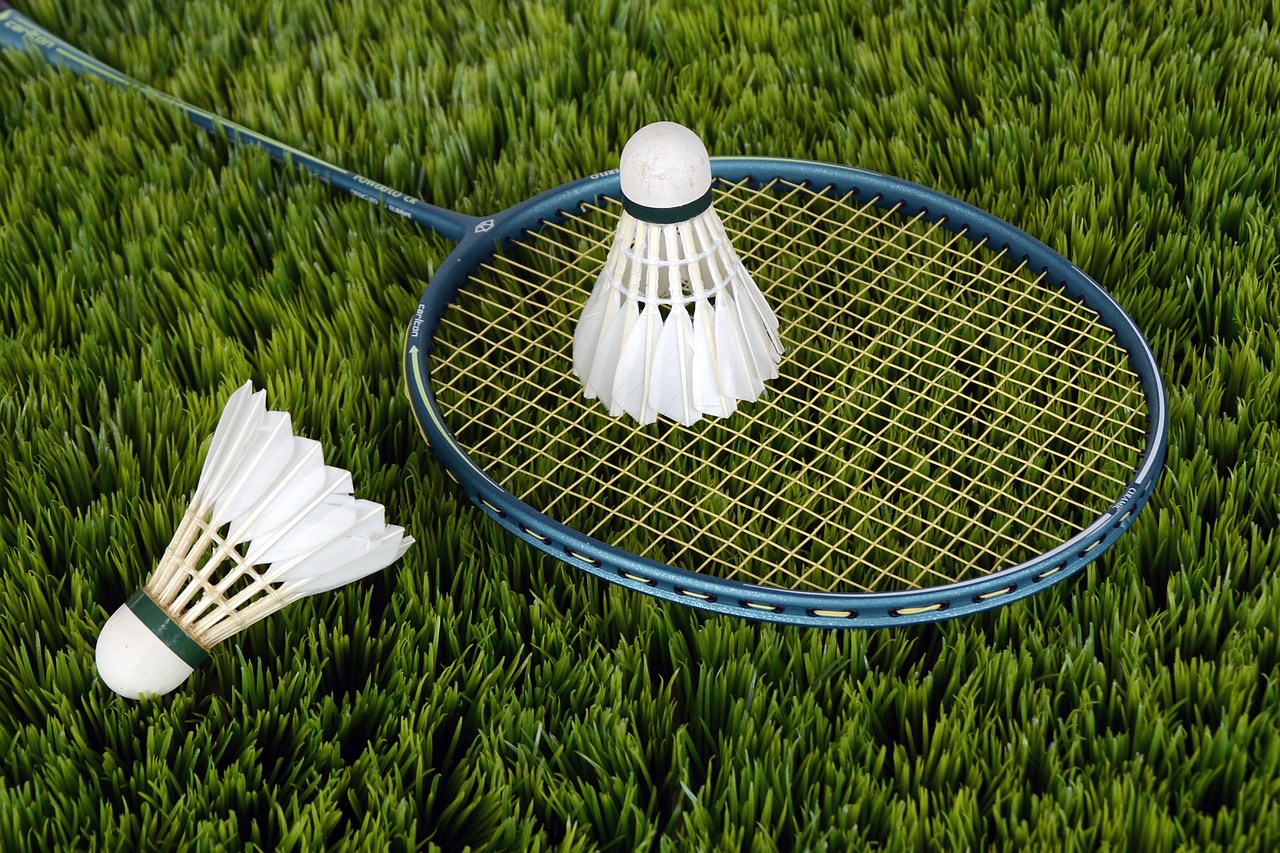A Kid's and Beginner's Guide to Badminton
If you're looking for a new way to get active and have fun, you might want to try playing badminton. All you need are some lightweight rackets, a shuttlecock, and an area you can mark off as a court (preferably one with a net at the center, but even an empty part of your backyard will work). Badminton is really easy to learn and play, and playing badminton can be a good workout, too.

The History of Badminton
Badminton has been around for more than a century, dating back to the mid-1800s. That's when British soldiers stationed in India learned about a similar game and decided to make it their own. At first, they called it Poona, naming their game for Pune, the town where they were based. When soldiers returned home from India and played it in England, it drew the attention of the Duke of Beaufort, who taught the game to friends at his estate, called Badminton House. This is how the game of badminton got its modern name. The game quickly spread around the world, becoming a beloved sport and even a source of national pride in places like Indonesia, Malaysia, and China.
Benefits of Learning Badminton for Kids and Adults
Playing badminton is great for your mind and body. The fast pace of the game requires a lot of concentration, which can sharpen your mind and help you block out worries and stress. It also requires a lot of moving around the court, which is a good cardiovascular workout. Running, jumping, and lunging improve your agility and build muscle strength. And since playing badminton requires at least one other person, you might even make new friends once you take up this sport. If you play in teams, you'll also get better at teamwork.
Badminton Equipment
To (play) badminton, you need a place to play, and you also need a few pieces of basic equipment. Each player needs a badminton racket, which looks like a smaller version of a tennis racket with a longer handle. You'll also need a shuttlecock, a cone-shaped thing made of feathers (real or plastic) stuck into a piece of cork or rubber.
You should also make sure to wear shoes that will help you play well and safely. Ideally, you should have sneakers that have really grippy soles, which will keep you from slipping when you make quick movements around the court, and good ankle support, which can help to prevent injuries caused by darting from side to side.
Form and Technique
Proper form and technique are key in badminton. Start with your racket grip; you'll need to hold the racket in different ways for different types of strokes. Your stance is also important. Stand with your knees bent, your feet shoulder-width apart, and your weight balanced over the balls of your feet. This helps you move quickly. Once you start playing, you'll need to use overhand, underhand, forehand, and backhand strokes, and you'll also need to practice your footwork. Shuffle your feet side to side to cover the court. Use short steps to move forward and back. And quickly return to the center after every shot. With the right grip, stance, stroke technique, and footwork, you'll be a badminton pro in no time.
Badminton Safety
To stay safe playing badminton, warm up properly before you start. Do some stretches to get your muscles loose and ready to move. Watch out for slippery spots on the court, loose shoelaces, or other hazards that could cause injury. Don't overdo it if you're just starting out; gradually build up the intensity of your game and how much time you devote to playing. You can also wear protective equipment like wrist supports or knee pads.
Rules and Scoring the Game
The general goal of badminton is to hit the shuttlecock over the net into the opponent's side of the court in a way that keeps them from returning it to your side. Each rally starts with the serve, in which you must hit the shuttlecock diagonally across the net into the opposite service court. The receiver then tries to return it before it touches the ground. Then, you keep hitting it back and forth until one side hits the shuttlecock into the net or out of bounds. Scoring is pretty simple: You get a point each time you win a rally, and games are played to 21 points. You need to win by 2 points. Some common fouls to avoid are hitting the shuttlecock twice in a row, reaching over the net, and touching the net. If you foul, the other side gets the point.
- The Origins of Badminton
- Badminton Facts
- Ten Badminton Facts
- USA Badminton History
- Basic Badminton Rules
- Badminton: How to Play, Rules, and All You Need to Know
- The Laws of Badminton
- The Drive, Smash, and Drop Shot in Badminton
- Badminton Rules
- The History of Badminton
- What Are the Benefits of Playing Badminton?
- Health Benefits of Badminton
- Overview and History of Badminton
- Outdoor Game Equipment
- Rules of Badminton
- History of America's Badminton Craze
Edited by: Ben Thompson

